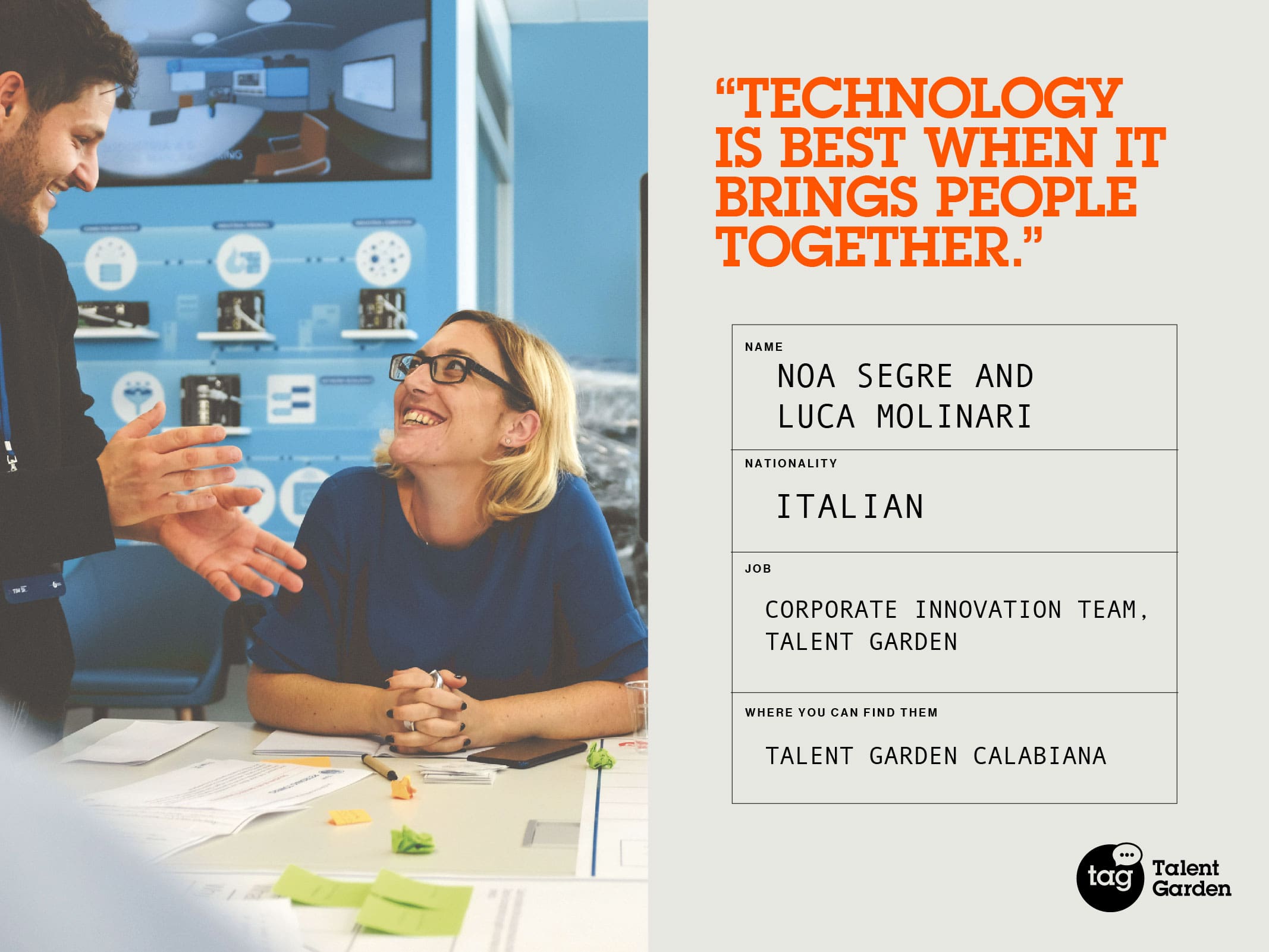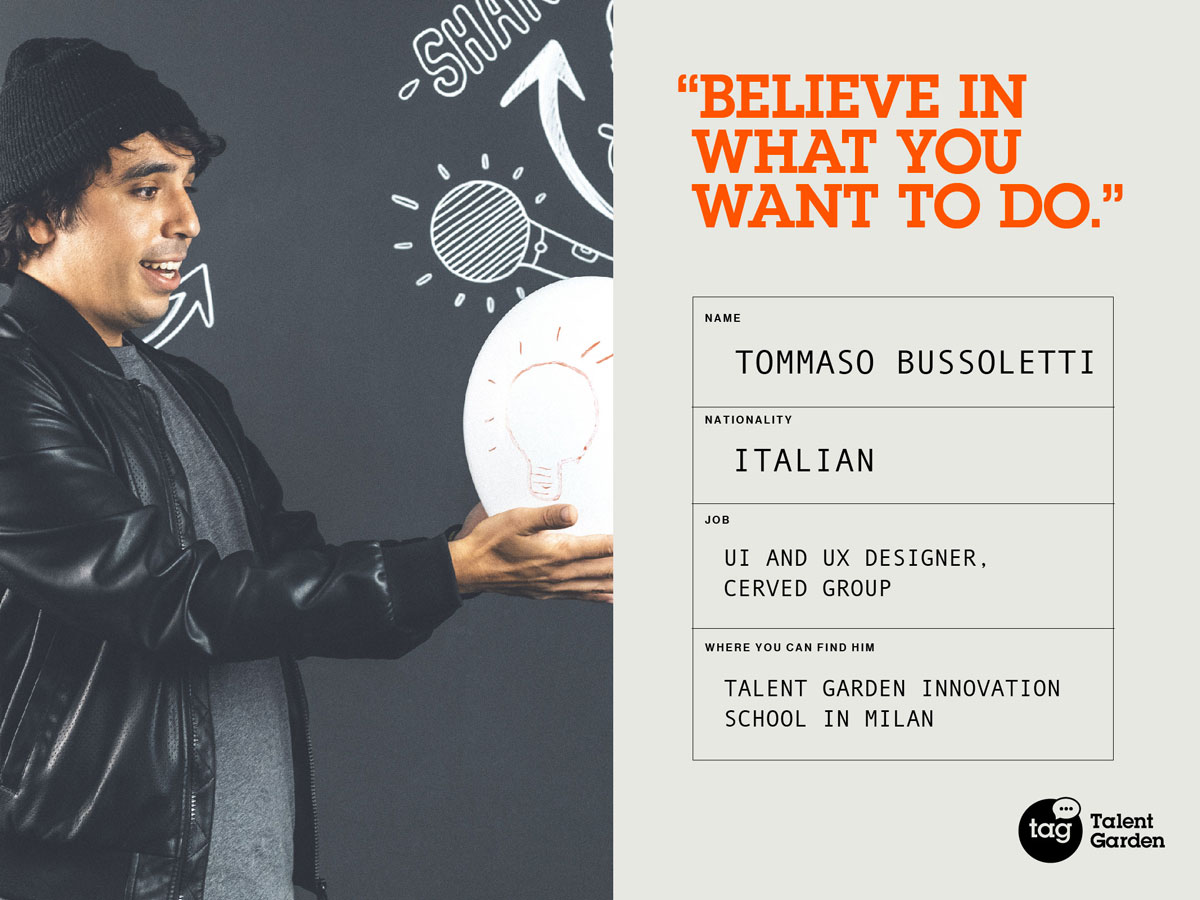- Home
- Business Innovation
- Innovation management: process, tools and trends
Business Innovation
4
min read
Innovation management: process, tools and trends


Don't you want to read? Try listening to the article in audio mode 🎧
When you think of “innovation” your mind may immediately go to big inventions or to disruptive changes to an existing product. But innovation into a company may mean several things, not necessarily something gigantic. It may be product innovation, but also process innovation, or innovation of the company’s organisation or business model, or it may mean redefining the delivery of a service. To sum up, innovation may assume several different aspects, not all of them consisting in the development of a “product”.
One possible definition of “innovation” is the development of a new or modified entity that generates or redistributes value in a company. The new entity being generated may be a product, a service, a process, an organisation, a system, a model, a method, a practice, or a combination of two or more of the above. Innovation management is the systematic promotion of innovation inside a company, where innovation is considered in all its phases, not only the one of the generation and selection of ideas.
So when we speak of innovation management we mean the management of the entire process of innovation. Of course if all the necessary activities and functions of an organisation are not managed as an organic system it’s very difficult to innovate effectively. Innovation management therefore integrates many aspects of the organisation, spanning from the human resources to the tech department, from the sales and marketing department to the research and development...and it requires a dedicated multidisciplinary team.
The innovation management includes a structured system of processes, techniques and tools that allows the managers, creatives, engineers and sales people to collaborate having a common comprehension of processes and objectives. Innovation management is so important that it has been defined and certified by the ISO/TC committee, in the tentative of fixing a set of standards that if respected by a company attest to its correct and effective management of innovation.
The innovation management process
So let’s examine in further detail how an innovation management process may be structured. When you think of innovation you instantly think of someone generating new ideas out of the blue and then executing them. But as we mentioned before, innovation management is a lot more complex than that. It requires a structured process, engages many of the company’s functions and should not be siloed to specific departments. All areas of the organisation should be engaged with the process and work together to accomplish the organisation’s goals. So we can define an innovation management process as a structured way to systematically generate, assign priorities, perform evaluations and validate new ideas or products. And this process can take quite a while to end, months or even years to bring ideas to practice in an effective and solid way. According to the Sloan Management Review we can identify five main phases in a innovation management process:- Idea generation and mobilisation (i.e. the displacement of an idea from the department where it originated to other areas of the company).
- Advocacy and screening, where an idea’s pros and cons are thoroughly examined and weighted against the company’s objectives and possibilities.
- Experimentation, where the sustainability of an idea for that particular organisation in that particular time and context is tested.
- Commercialisation, when customers' needs are examined against the original idea to verify that it answers to customer’s problems and represents a real benefit for the organisation.
- Diffusion and implementation, i.e. the process at the end of which the innovation is accepted companywide and is implemented by setting up the structure and resources necessary to the production or of the realisation.
A new professional figure: the innovation manager
Not surprisingly the innovation management process also requires a dedicated figure inside the company, the innovation manager. According to research by the digital transformation academy of the PoliMi the innovation manager should have change management and leadership skills, as well as being creative, curious and open minded. The ideal candidate is a person constantly looking for new opportunities and is capable of inspiring people and leading them towards change and transformation. He/she should have a global view of the market, of the company and of the competitors, and be able to find the right people to compose the innovation management team, inside or outside the company. Usually he or she comes from the ICT, but she may also come from R&D or from the marketing and communication department...the important thing is that she has a multidisciplinary approach and a global comprehensive vision of the company as a whole.Innovation management tools
Innovation managers can really benefit from tools designed specifically to make the innovation process and the idea development easier. More or less all of these tools are made to enhance collaboration and cross contamination between different people and areas inside a company, to promote and guide brainstorming and then to help in managing the development of the new item (be it a product, a service, a process improvement, etc). Just to quote a few, Qmarket, Viima and Ideawake are complete innovation management platforms while Accept Mission, Crowdicity and IdeaScale are more idea management tools. All these tools can greatly improve your innovation management projects, which one to choose depends on your objectives, on the scale you need, and on usability criteria.Trends and perspectives
Speaking of innovation one must always look to the future: we examined innovation management as it is now, but what about the future trends? For sure AI is one of the big challenges in this field and it promises to be able, in the near future, to radically modify the management of innovation. For example, in a field of great importance today: the development of new drugs. Machines are getting more and more “creative” and can help people in fields they had never touched before, such as design or text generation. Another interesting trend is represented by the composition of teams that are dedicated to innovation: they tend to be smaller and agile, without traditional management hierarchies but aggregated almost informally around an idea or an objective. This allows more flexibility and adaptability, which are essential in today's fast paced environment. In parallel, the correct mindset to enable innovation (of the company and of the team members) is emphasised over the rigid adherence to standardised methods. Another trend that focuses on the characteristics and mindset of the team members is the one that considers neurodiversity (which includes conditions such as dyslexia, autism, etc.) as an enrichment and a driver for change. Organisations such as SAP, Microsoft and Ford are now hiring with this principle in mind. And at the same time people in the innovation teams begin to be trained using the latest development in neurosciences.
Article updated on: 09 August 2023

Don't Waste Your Talent. Turn It Into a Career With a Course That Fits Your Needs!
Talent Garden is your Digital Skills Academy, offering courses in Digital Marketing, UX Design, Digital HR and Data Analysis designed to launch your career.
Keep reading

1
min read
Meet our Community: Christine Schättin, Raiffeisen Bank International
“Relax, nothing is under control.” Christine Schättin, Innovation Manager at Raiffeisen Bank International AG ...
Talent Garden
08/12/2019

2
min read
Discover our Project: TIM 5G Creating Value Inside Out
“Technology is best when it brings people together.” Noa Segre and Luca Molinari, Corporate Innovation Team Talent ...
Talent Garden
08/12/2019

2
min read
Strategic Innovation and Technology Fund Guidelines
If you’re in the field of technology and strategic innovation and you don’t fear measuring yourself with international ...
Talent Garden
04/08/2021

2
min read
Meet our Community: Tommaso Bussoletti, UI & UX Designer at Cerved Group
“Believe in what you want to do.” Tommaso Bussoletti UI/UX Designer at Cerved Group and Talent Garden Innovation School ...
Talent Garden
08/12/2019
